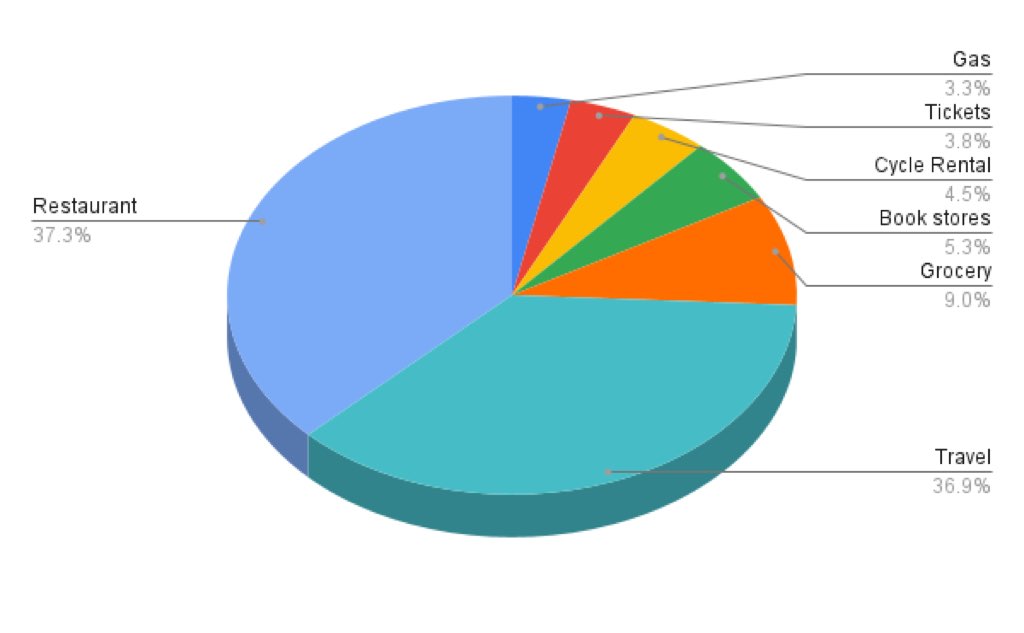The first time I went to Europe as an adult, in 1998, I carried my money in travellers cheques, and mostly dealt in cash (after cashing them in, in dribs and drabs, over the trip). I was able to withdraw cash from ATMs along the way too, and sometimes use my Mastercard (although not always: some places only took Visa). I repeated this on a trip, around the same time, to South Korea, to visit my brother Steve, and in that case I actually lost the travellers cheques, as a result of a jet lagged stumble in Seoul, and had them refunded at the Thomas Cook office, which was exactly travellers cheques value proposition (it was as easy and seamless as the TV commercials made it out to be).
A decade later, in the heart of my heavy European travel jag, I’d shifted almost entirely to withdrawing cash from ATMs, paying for things like hotels with my Mastercard. This was still occasionally an issue: I recall the paying for certain things, especially train tickets, in Sweden and Denmark, wasn’t possible with a Canadian credit card.
Now, a quarter century into travel to Europe, our trip to Sweden, Denmark, The Netherlands, and Italy, was almost entirely cashless: I used my Mastercard (most often via Apple Pay on my Phone) for almost everything, with just a few exceptions (for things like an off-the-books extension of an Airbnb rental, paying tourism taxes, feeding parking machines). I made two ATM withdraws in 30 days.
One of the side-effects of using the same card for everything is that getting an overview of how much I spent on the trip, and on what, is as easy as downloading a CSV of my Mastercard statement into a spreadsheet and running a pivot table over it, using the automatically-assigned purchase categories:

 I am
I am
Add new comment